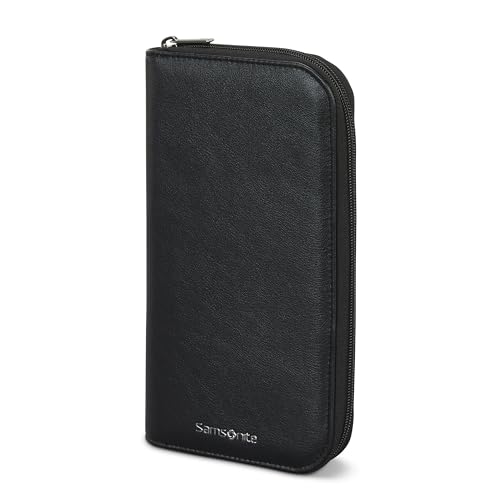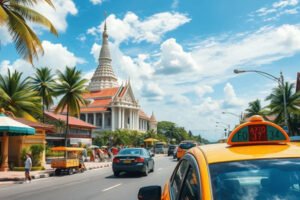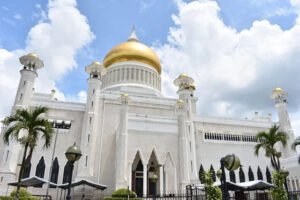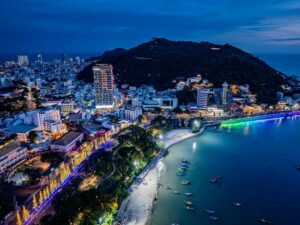The Philippines is a country that knows how to celebrate. With more than 7,000 islands and an incredible mix of cultures, the archipelago is home to hundreds of festivals (or “fiestas”) every year. No matter what month you visit, you’re almost guaranteed to stumble upon a local street parade, a religious celebration, or a food-filled fiesta that brings entire towns to life.
The Spirit of “Fiesta”
Filipinos love to party — but not just for fun. Most festivals are rooted in Catholic traditions, indigenous rituals, or historical commemorations. Communities spend months preparing, decorating their homes, rehearsing dances, and cooking feasts to share with guests. The result? A one-of-a-kind mix of faith, color, and hospitality that defines the Filipino way of life.
🌈 Sinulog Festival (Cebu)
Held every third Sunday of January, the Sinulog Festival in Cebu City is one of the country’s most famous celebrations. It honors the Santo Niño (Child Jesus) and features street dancers in bright, traditional costumes performing to the beat of drums and gongs. The parade’s energy is contagious — expect confetti, paint, and water splashes everywhere. Don’t wear white unless you want a rainbow souvenir by the end of the day!
Tip: Book accommodations early. Cebu fills up fast during Sinulog weekend, and hotel prices can double.
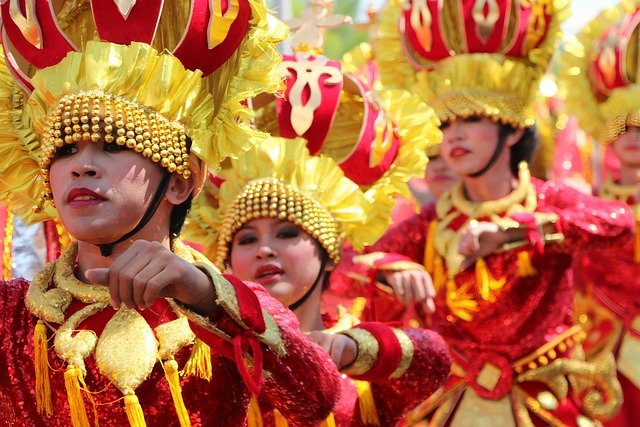
🎭 Ati-Atihan Festival (Kalibo, Aklan)
Often called the “Mother of All Philippine Festivals,” Ati-Atihan happens every January in Kalibo on Panay Island. Participants paint their faces with black soot to honor the Ati tribe, the island’s earliest inhabitants, while parading with drums, whistles, and nonstop dancing. Visitors are encouraged to join the street parties — locals will gladly hand you a drumstick and pull you into the fun.
🕊️ Panagbenga Festival (Baguio)
Every February, the City of Pines blooms with the Panagbenga Festival, also known as the Flower Festival. Streets are lined with floats made entirely of fresh flowers, while the cool mountain air adds to the charm. The event celebrates the city’s resilience after the 1990 earthquake and showcases Baguio’s floral industry.
🎆 Pahiyas Festival (Lucban, Quezon)
Come May, visit Lucban for one of the most colorful and creative displays in the Philippines — the Pahiyas Festival. Locals decorate their houses with kiping (rice wafers), fruits, and vegetables to thank San Isidro Labrador, the patron saint of farmers, for a bountiful harvest. Every street turns into a rainbow of edible art — a true feast for the eyes (and Instagram feeds!).
🐉 Kadayawan Festival (Davao)
In August, Davao City bursts into color during Kadayawan, a thanksgiving festival that celebrates the region’s rich cultural heritage and harvest season. The name “Kadayawan” comes from the word madayaw, meaning “good” or “beautiful.” Expect street dancing, fruit exhibits, and tribal performances representing the city’s 11 indigenous groups.
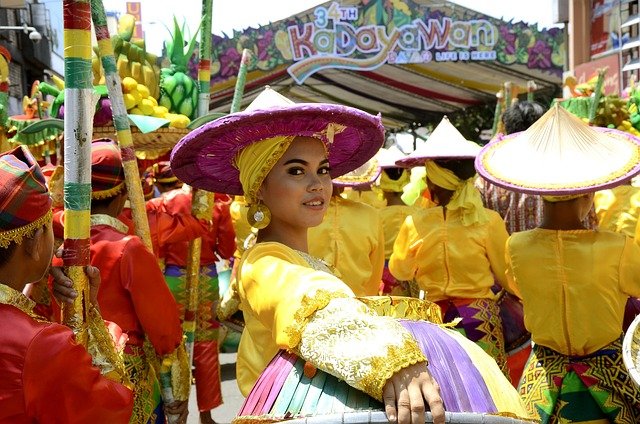
🕺 MassKara Festival (Bacolod)
When October rolls around, head to Bacolod City, nicknamed the “City of Smiles.” The MassKara Festival began as a way to uplift spirits during tough times in the 1980s, and it’s now one of the liveliest events in the country. Thousands of dancers in bright, smiling masks fill the streets, while live bands keep the party going late into the night.
🎇 Other Must-See Festivals
- Dinagyang Festival (Iloilo) – A spiritual and cultural extravaganza held every January.
- Moriones Festival (Marinduque) – Colorful Easter reenactment of Roman soldiers chasing Longinus.
- Giant Lantern Festival (San Fernando, Pampanga) – December lights up with gigantic handmade lanterns.
✈️ Tips for Festival Travelers
- Plan ahead – Hotels and transport can sell out months in advance.
- Pack light and stay hydrated – Philippine festivals are hot, humid, and crowded.
- Join respectfully – Locals love visitors, but remember these are often religious events.
- Bring a waterproof bag – You’ll thank yourself when the street party turns into a paint or water war!
🌴 Why Visit During Festival Season?
Traveling during festival season gives you more than beautiful beaches and good food — it’s a front-row seat to the soul of Filipino culture. You’ll experience joy, faith, and community in their purest forms. Plus, there’s no better way to make local friends than by sharing a meal (or a dance) during a fiesta. Thank you for reading.
Check out our last post on Vung Tau, Vietnam — The Perfect Weekend Escape from Ho Chi Minh City
For our online shop click here.




